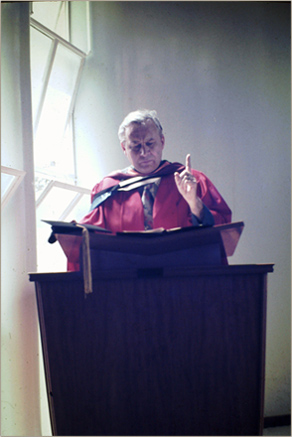Extract from Biblical View of Human Cloning – To read the full text, click “Download” below.
Human Genetic Engineering (or HGE) embraces a variety of life-promoting procedures. All of them purport to “create” or to “improve” the human race in a pre-conception-al setting. HGE is not concerned with either post-conception-al or post-natal surgery (such as that involved in the cutting of umbilical cords, or the separation of humanly-separable Siamese twins, or appendectomies, or heart transplants). Such surgeries are subsequent to conception — and are variously either permissible or impermissible in the light of the eternal and comprehensive Law of God anent existent human persons.

